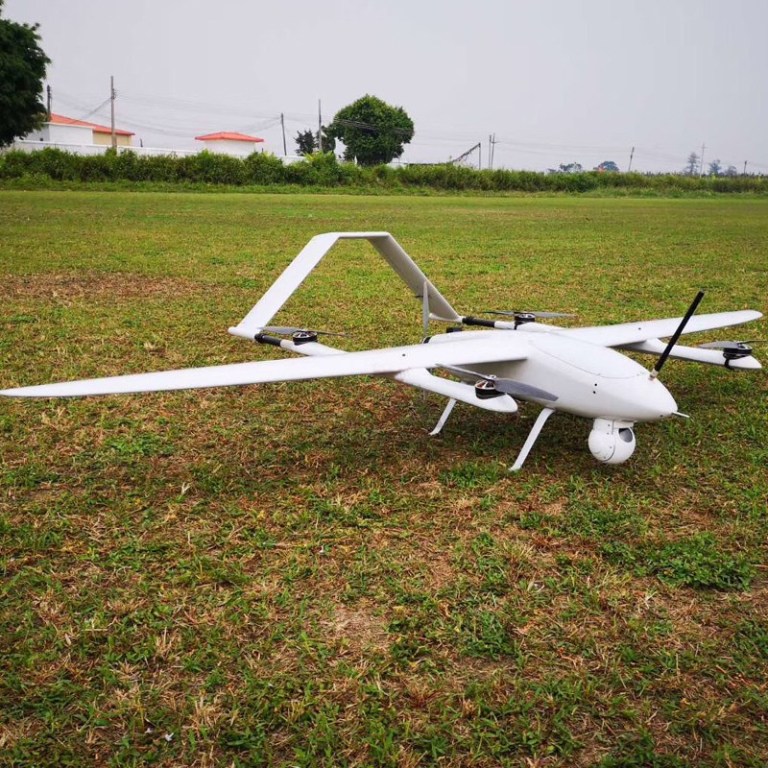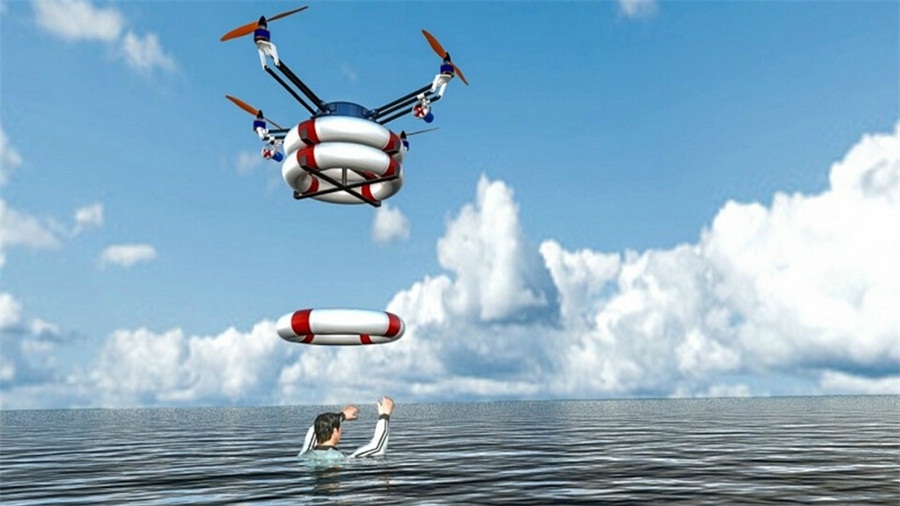
baby shark fixed-wing VTOL for photography
People can operate on the ground and use the drone's camera to continuously shoot. Operating the drone itself is very interesting, there are a variety of smart applications when dealing with emergency situations. Moreover, they provide multi-angle aerial photography for emergencies on the ground, pointing out how to deal with disasters quickly, what equipment and materials are needed, so that the situation can develop under control.Before drones are used, the chief of emergency department often needs to obtain information from on-site rescuers or from supervisors at all levels to establish an overall view of the disaster situation. After the drone is put into use, the chief of the emergency department can use the drone to directly observe the situation described by the rescuers at the scene. The general manager of the UAV emergency department can understand the safety hazards in the dangerous area on the spot, which greatly reduces the possibility of rescuers entering the dangerous area by mistake and causing injuries. Frank Kreis stated in an article published on "Drone Life" that drones can also be used by fire departments. UAVs can also be used for police patrol and rescue and disaster relief. The infrared imaging technology of the drone can greatly help large-scale disaster relief.

Unmanned aerial vehicles provide a very different perspective for emergency managers to evaluate all the information about this event. It is a practical force and provides diverse information for various events. UAVs can well assist rescuers in completing tasks that are usually difficult to complete without UAVs. There was an old man who was rescued by an independently operated drone. He was found by an aerial drone with a height of 200 feet (about 70 meters) on the ground. The location was provided to the search and rescue team and rescued.

Although the price of drones is very expensive, because it needs to add a lot of necessary equipment, but in terms of the importance of the functions it can provide, emergency medical, police, and fire departments can consider buying them. At the scene of the accident, the information that the drone can provide is considerable, and it can save lives when every second counts.

Specification
Aircraft Type: Hexacopter
Wheelbase: 1550mm
Airframe Material: Carbon Fiber And Composite Materials
Package Size: 400*730*930mm (standard)/ 700*700*300mm+110*45*20MM(portable)
Weight (Without Batteries Or Payload): 7.2kg
Max. Take-Off Weight:21-23kg
Max. Payload: 10-12kg
Max. Climb Speed: 4m/s
Cruise Speed: 10m/s
Max. Flying Speed: 15m/s
Battery Capacity: 22000mAh*12S LiHV 30000mAh*12S 18650 22000mAh*12S2P LiHV
Flight Time : 100 minutes(without payload) 80 minutes(3kg)
Max. Control Radius: 10km
Max. Altitude AMSL: 4000m
Hovering Accuracy:Vertical ±1m, Horizontal±1.5m
Max. Wind Resistance: Level 6
Operation Temperature: -20~60℃
IP Rating:IP56
Contact: Fly Dragon Drone Tech.
Email: frank at dronefromchina.com
Add: NO. 9 Dayu Road PiDu distric, ChengDu 611730, China